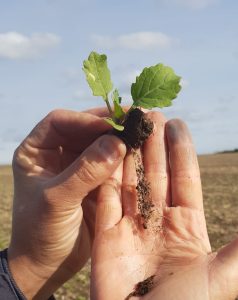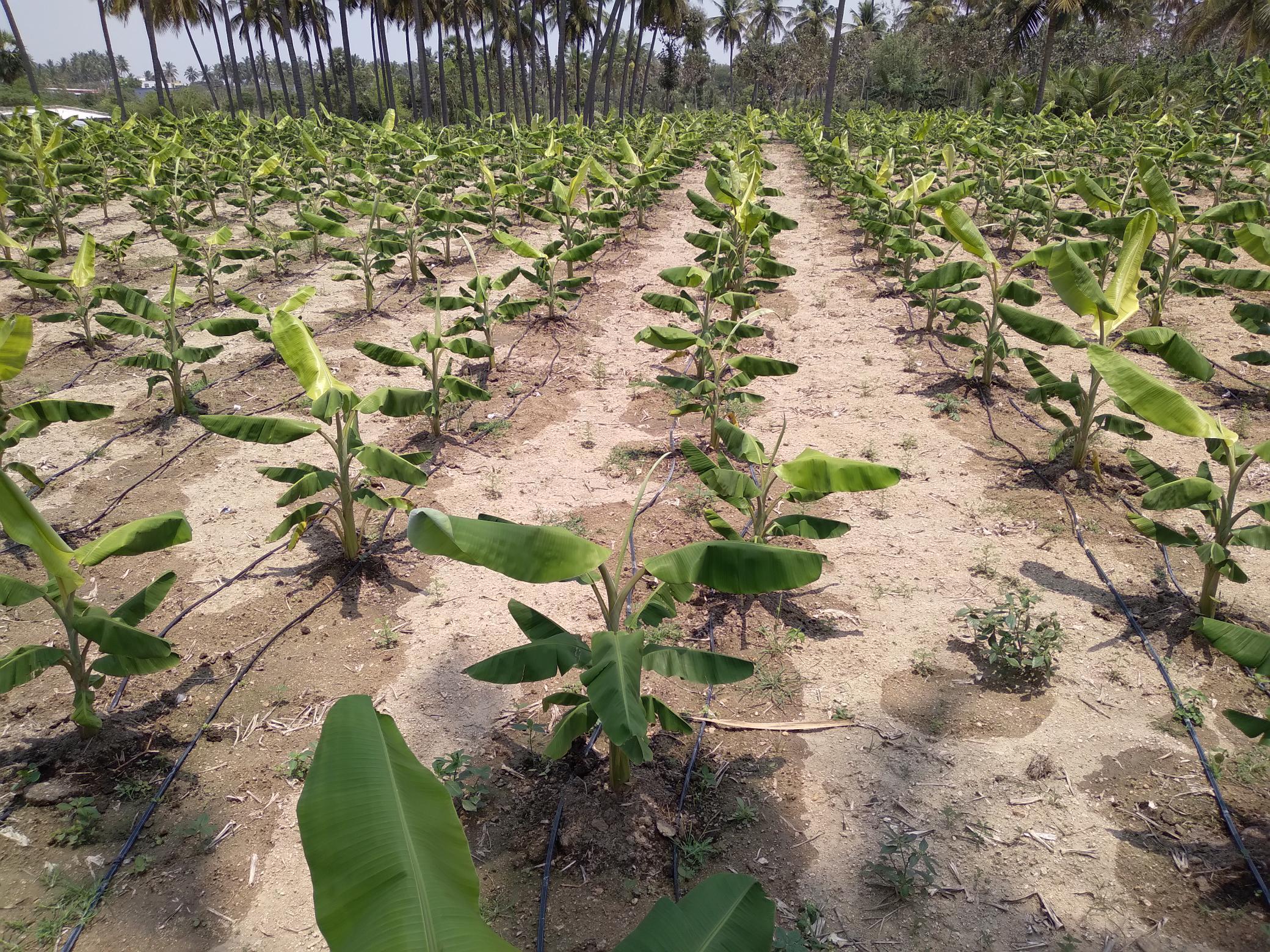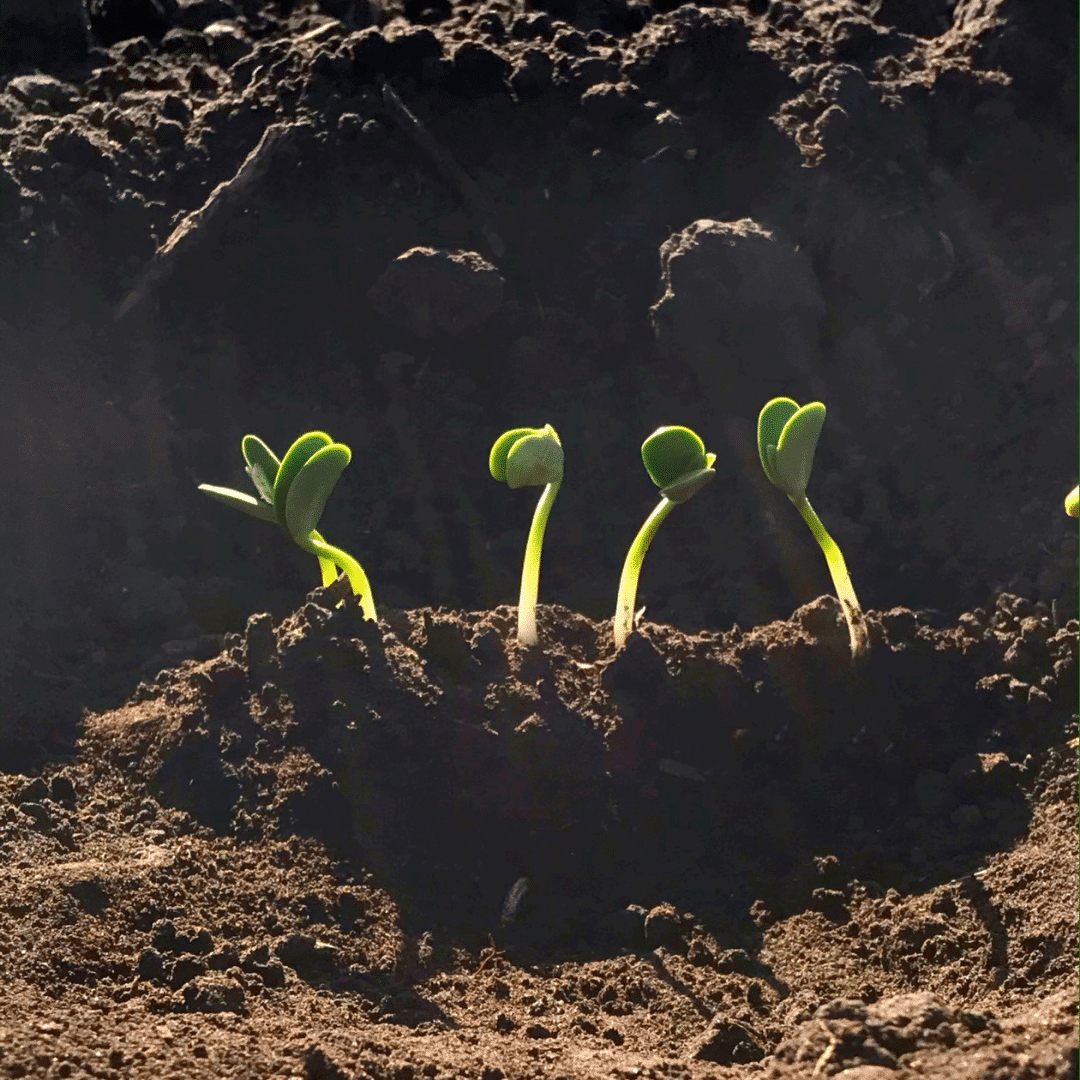Did you know that up to 80% of banana losses is due to quality problems ?
Banana is one of the main export fruits in the world, so it is important to work on maximizing yield while improving fruit quality to meet the requirements of international markets.
Quality can be defined as the sum of different criteria along the supply chain:
- Uniform maturity by the processors
- Firmness by the transporters
- Shelf-life by the retailers
- Appearance and taste by consumers
Banana is a crop that requires a balanced fertilization, and it is essential to provide the nutrients in the right time to ensure a good crop performance. The supply of Phosphorus
must be ensured for a good root development and establishment of the crop and Calcium for a good fruit quality.
The banana tree has roots with weak penetration force in the soil, poor ability to extract water from dry soils, thus low drought resistance. “The loss of 10 cm of roots can decrease between 1,200 and 2,800 kg of fruit per ha per year depending on the agroecological conditions of the field (Serrano, 2003).”
Although phosphorus needs in terms of quantity are low when growing bananas, it is an important nutrient as it is directly linked to root development. The lack of phosphorus produces a poor root development, affecting plant’s growth and yield, therefore it is important to provide phosphorus with high and prolonged availability at planting to favor root development, enhance nutrient and water absorption and for a strong flower production.
Calcium is a key element needed in this crop to ensure high fruit quality with long term storage potential.
One of the major and well-known quality issues in banana is “Maturity Bronzing ”, a physiological disorder caused by a low absorption of calcium by the plant in dry seasons. Several scientific reports demonstrate the close relationship of the disease with calcium deficiencies in times of drought.
Issue “Maturity Bronzing” in banana
Oxidation of the tissue due to the lack of calcium
Due to calcium deficiency during fruit filling, the cells of the epidermis and cuticle are not elastic enough during endocarp expansion and fracture, releasing phenolic compounds (dopamine), which oxidize the tissue and generate the typical tan, which impacts negatively in the commercialization of the fruit.
Source: Moreno et al. (1999) –Venezuela
TIMAC AGRO Technologies are perfectly adapted to improve the calcium uptake and transport to the banana and hence reduce its physiological plant disorders!





